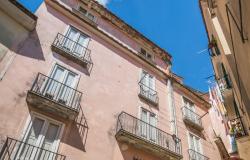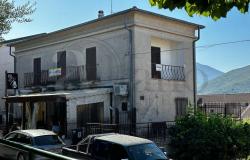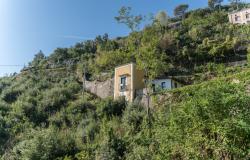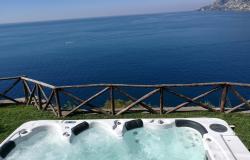 A comprehensive exhibition at Naples' National Archaeological Museum unlocks the charm and mystery behind amber.
A comprehensive exhibition at Naples' National Archaeological Museum unlocks the charm and mystery behind amber.
The show, entitled Ambra: Trasparenze dall'Antico' (Amber: Transparency from Antiquity), features some 1,000 precious finds from the Bronze Age to the early Middle Ages.
Amber is often considered a gemstone, although it is not a mineral or rock, but the fossilized resin of ancient trees.
With the passing of time ancient forests were buried and the trees' resin hardened into this soft, warm, golden fossil gem.
Because of its unique beauty and rarity, amber has been used since prehistoric times for ornaments and jewellery.
This can be seen in the massive array of statues, sculptures, necklaces, bracelets and various other trinkets on show.
The exhibit also includes reproductions of ancient burial chambers featuring amber.
"Humans have been collecting, working with and spreading this precious fossil since the most distant periods of prehistory," organizers said.
"It is almost as if amber can recall the search for light and protection that has characterized the history of humanity in every age.
"The show's aim is to give the wider public a complete picture of this material's scientific characteristics, how it has been turned into works of art and its role in rituals and in economic and social mechanisms".
The first section of the show looks at the science of how amber forms and why the material is at the centre of so many fields of study.
Palaeontologists, for example, are interested in amber because, as a fossil, it contains the remains of prehistoric insects, plants and microbes.
The second section focuses on Bronze Age amber finds uncovered in Italy and archaeological evidence about the main trade routes that took the material between the Baltic and the Mediterranean.
The third section is devoted to the use of amber in pre-Roman art between 900-200 BC.
The next part features a selection of splendid finds from several ancient Roman sites, including Pompeii.
Visitors are also shown what Roman writers like Pliny the Elder and Ovid had to say about amber.
The show wraps up with a section on amber's use in the early Middle Ages (500-1000 AD).
Ambra: Trasparenze dall'Antico runs at the Naples' National Archaeological Museum until September 10.







